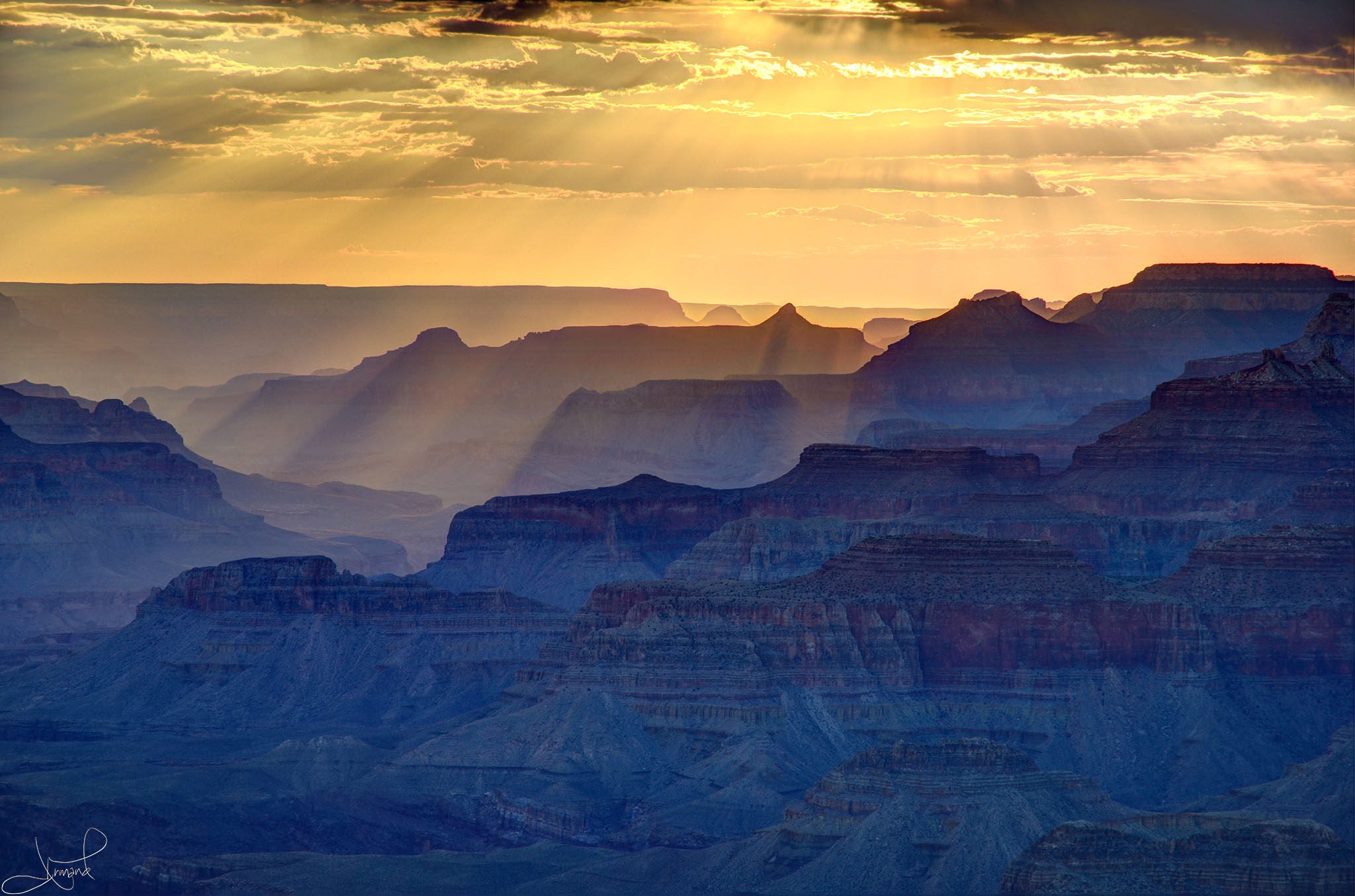Arizona Keeps the Grand Canyon Running Amid Government Shutdown

'tsaiproject'

Update, 12/24/2018: The State of Utah announced on Saturday that it would follow suit to keep Arches, Bryce Canyon, and Zion National Parks running. The state will fund visitors centers and custodial services in those locations.
Original post: As federal agencies shutter due to the dispute over funding for President Trump’s border wall, hikers who head to a national park over the Christmas and New Year’s break may notice some changes, from lack of camping to closures in sensitive or dangerous areas. But at Grand Canyon National Park, it will be business as usual—for the most part.
In a statement on Friday, Governor Doug Ducey announced that his office had been coordinating with the National Park Service, Arizona Office of Tourism, and Arizona State Parks to redirect state funds toward the popular park. Park amenities including access to recreation like hiking trails and campsites, visitor services including public restrooms, shuttle buses, trash collection, and snow removal, and public safety functions will all be up and running throughout the shutdown.
“Arizona knows how to work together,” Ducey said in a statement. “We have a plan in place and we’re ready to go. If you have plans to visit the Grand Canyon over the weekend, keep ‘em. The Grand Canyon will remain open.”
The effort has roots in the brief government shutdown last January, during which Arizona threw together a nearly $188,000 ad-hoc plan to keep the lights on at one of its biggest attractions. After that short-lived budget crisis, Ducey signed an executive order establishing the Grand Canyon Protection Plan, a contingency that aims to keep the Grand Canyon open during future government shutdowns.
“We will not let Washington’s lack of action prevent us from welcoming visitors to the Grand Canyon,” Ducey said at the time. “The Department of Interior, the National Park Service and local communities have been excellent partners with the State of Arizona in keeping the Grand Canyon open in the face of chaos in Congress. We look forward to continuing that partnership, and this plan will ensure predictability.”
According to the governor’s office, the Grand Canyon sees over 6 million visitors every year who, in 2016, spent nearly $650 million in the small communities surrounding the park. In 2017, the Grand Canyon was the second most visited National Park in the system.
Park visitors may still notice a few differences, however. Chief among them: Entrance will be free, as the employees normally tasked with collecting the $35 per car entrance fee will be furloughed.
Outside of the Grand Canyon, the rest of the country’s national parks are also expected to follow a precedent set less than a year ago. Contrary to the 16-day shutdown in 2013 which forced parks to lock up entirely, most parks will remain open but will be staffed with a skeleton crew tasked primarily with public health and safety. Most park operations and visitor services will cease. While the parks will largely be accessible, visitors’ centers, restrooms, backcountry offices, and entrance stations will be closed, snow removal will not get done, permits won’t be issued, and most other nonessential functions will pause. Some non-federal concessionaires will continue to operate as conditions allow (if roads don’t get plowed, they will be forced to adjust).
“If over the course of the shutdown, NPS expenditures or obligations become necessary to support commercial, concession, or partner operations, the park superintendent must require a suspension in those operations,” reads the plan prepared by the Department of the Interior.